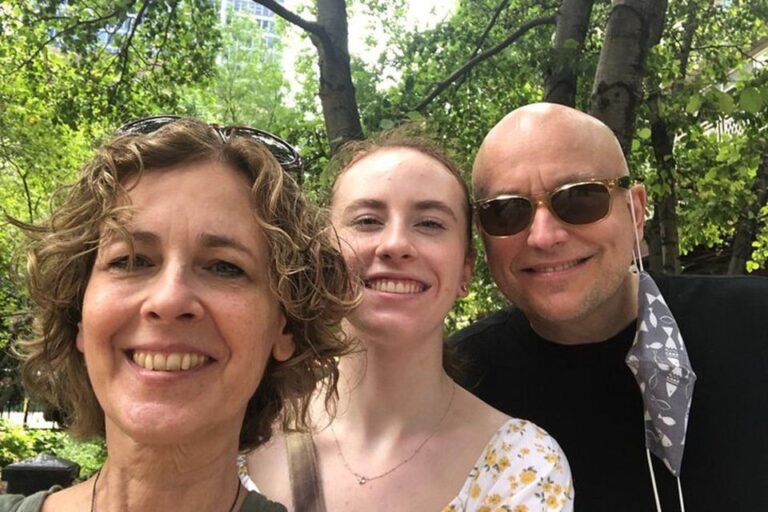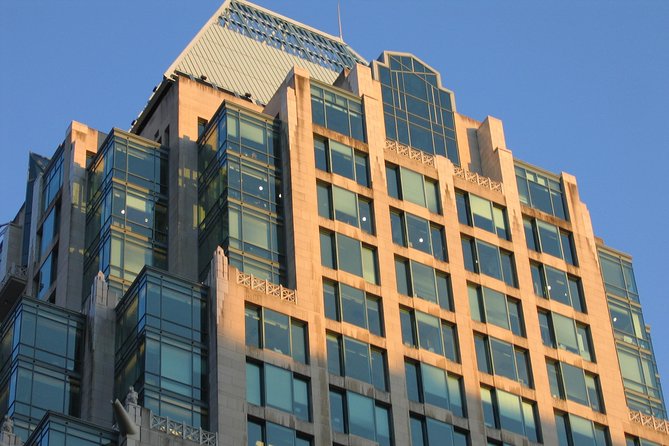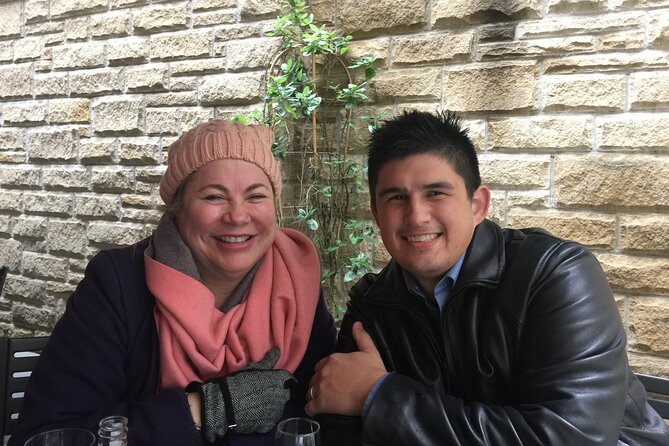Delving into the rich African heritage that has long shaped the cultural fabric of Lisbon, this half-day walking tour offers a captivating glimpse into the city’s storied past. Weaving through the historic Alfama district, you will uncover the Moorish influences that have endured for centuries, all while exploring the lasting impact of the transatlantic slave trade. With an expert guide leading the way, this intimate and informative experience promises to challenge preconceptions and leave visitors eager to further discover Lisbon’s multilayered identity. What secrets lie hidden within the city’s winding streets and centuries-old landmarks?
Key Points
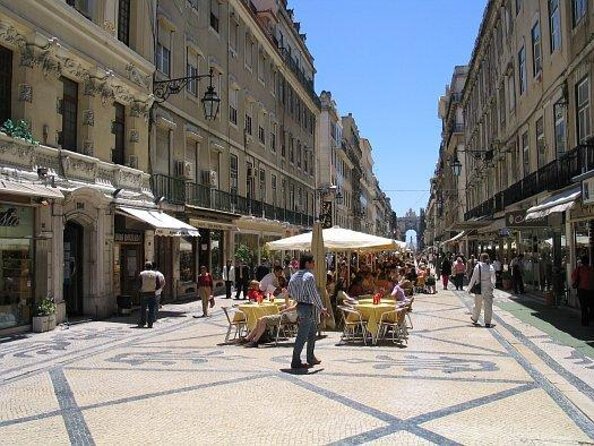
- The tour provides an opportunity to explore Lisbon’s African heritage and the influence of the Moorish past and transatlantic slave trade on the city’s history and architecture.
- The tour takes visitors through the Alfama neighborhood, the oldest district in Lisbon, which was once home to many of the city’s African residents, showcasing Moorish-inspired architecture and cultural traditions.
- Participants can visit captivating examples of Moorish architecture, including the intricate patterns, ornate arches, and use of whitewashed walls and colorful tiles found throughout the historic neighborhoods.
- The tour highlights Lisbon’s strategic location as a central hub in the transatlantic slave trade, providing a thought-provoking examination of this complex and sensitive topic.
- The tour also includes visits to verdant gardens and ornate churches, where visitors can learn about the confluence of European and African traditions reflected in the architectural features and religious practices.
Tour Overview
This walking tour offers visitors the opportunity to explore the rich African heritage and influence in Lisbon’s history and architecture.
Over the course of three hours, participants can discover landmarks and sites that reflect the city’s Moorish past and transatlantic slave trade.
The tour begins at Restauradores Square and takes travelers through the charming Alfama neighborhood, where they’ll learn about the architectural remnants of Lisbon’s Moorish occupation.
Along the way, the guide will share insights into the African diaspora’s impact on Portuguese culture, from religious practices to culinary traditions.
With a maximum of 15 travelers, the tour provides an intimate and informative experience for those interested in uncovering Lisbon’s diverse past.
Restauradores Square
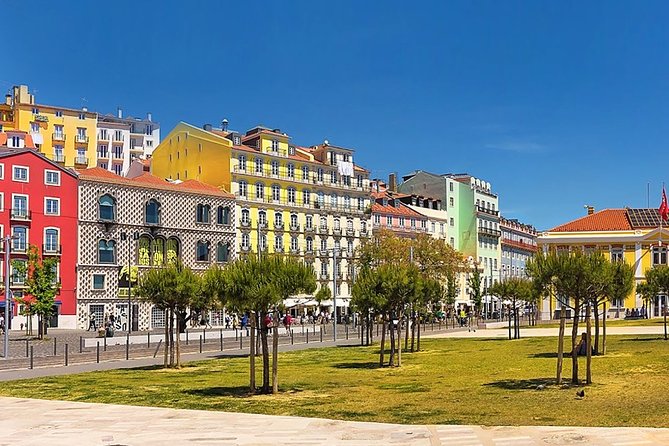
Restauradores Square serves as the starting point for the walking tour, providing an iconic landmark that sets the stage for exploring Lisbon’s rich African heritage. Located in the heart of the city, the square’s grand architecture and bustling energy reflect the diverse influences that have shaped Portugal’s capital over the centuries.
| Feature | Description |
|---|---|
| Monument | Towering statue commemorating the restoration of Portugal’s independence in 1640 |
| Nearby Landmarks | Avenida da Liberdade, a grand boulevard lined with cafes and high-end shops |
| Atmosphere | Bustling with locals and travelers, offering a vibrant introduction to the tour’s themes |
As travelers gather at this iconic starting point, they’ll begin to uncover the layers of history and culture that have contributed to Lisbon’s unique identity, setting the stage for an immersive exploration of the city’s African presence.
Moorish Architecture
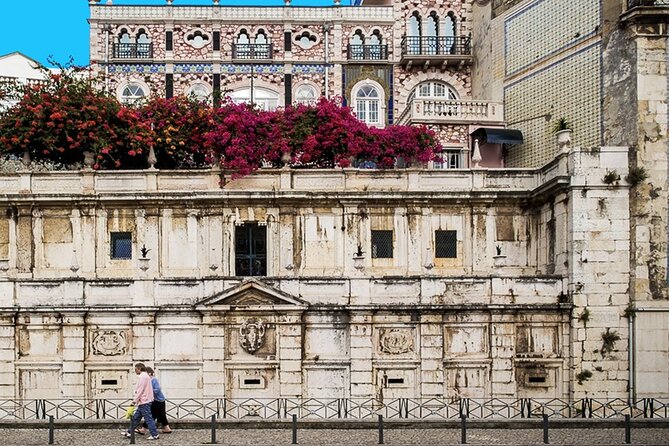
Woven throughout Lisbon’s historic neighborhoods are captivating examples of Moorish architecture, a legacy of the city’s Moorish occupation during the medieval period. This distinct architectural style is characterized by its intricate patterns, ornate arches, and the use of materials like whitewashed walls and colorful tiles.
Nowhere is this more evident than in the Alfama district, one of the highlights of the walking tour. As you explore the winding streets, you’ll find structures like the Sé de Lisboa Cathedral, which boasts Moorish-influenced domes and intricate stone carvings.
This fusion of Moorish and European design elements reflects Lisbon’s rich cultural history and its status as a cosmopolitan hub along ancient trade routes.
Atlantic Slave Trade
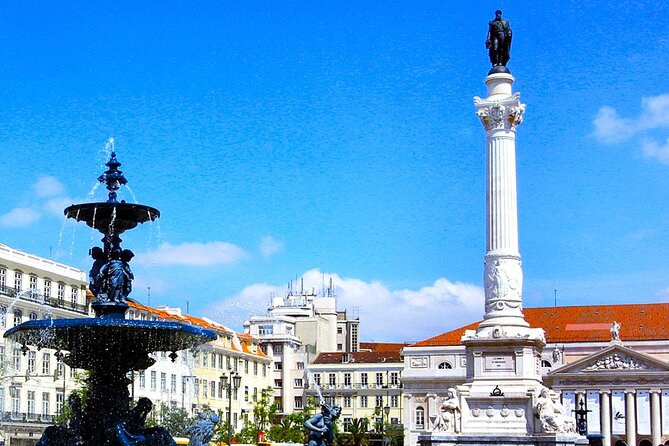
Lisbon’s strategic location as a major port city made it a central hub in the Atlantic slave trade, a dark chapter in the city’s history that the walking tour explores in depth. Millions of Africans were forcibly transported through Lisbon’s docks, their suffering and exploitation leaving an indelible mark on the city’s cultural and architectural landscape.
The tour guides visitors through sites associated with this tragic history, such as the Praça do Comércio, where slaves were once auctioned. Participants learn about the economic and social impact of the slave trade, as well as the lasting legacies of Portugal’s colonial past.
The tour provides a thought-provoking examination of this complex and sensitive topic.
Alfama Neighborhood
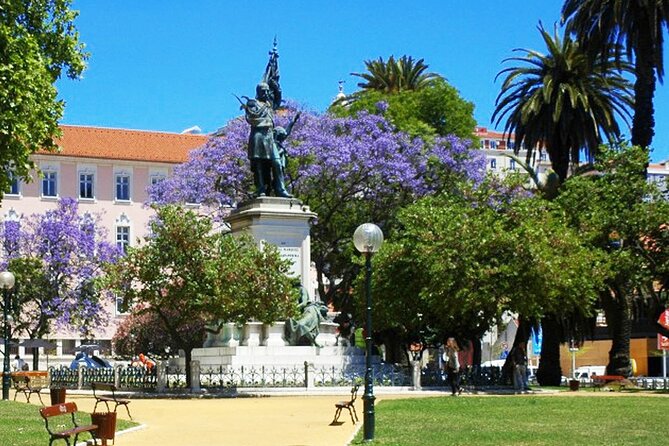
The Alfama neighborhood is the oldest district in Lisbon, its winding streets and traditional architecture offering a glimpse into the city’s storied past.
Nestled on the slopes of the Tagus River, this vibrant community was once home to many of the city’s African residents, their influence still visible in the Moorish-inspired architecture and cultural traditions found throughout the area.
On the walking tour, visitors will explore the charming alleyways and picturesque plazas of Alfama, discovering hidden churches, gardens, and other landmarks that reflect the diverse heritage of this historic neighborhood.
The tour provides an opportunity to take in Lisbon’s rich African legacy and gain a deeper understanding of the city’s multicultural identity.
Exploring Gardens
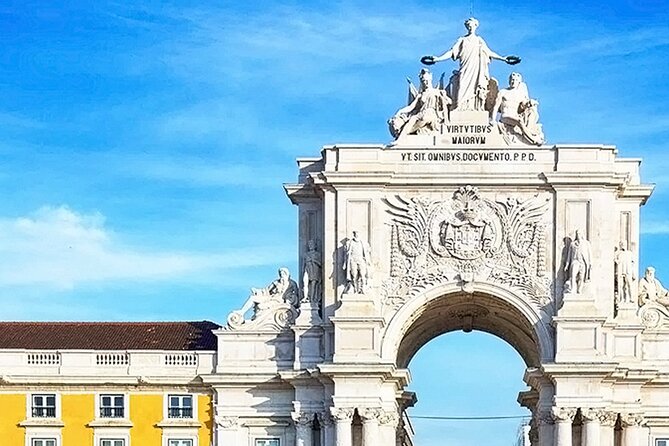
Dotting the landscape of Lisbon’s African-influenced neighborhoods, verdant gardens offer visitors a tranquil respite from the bustling city streets.
On the walking tour, guests will explore the serene Jardim da Estrela, a 19th-century garden known for its ornamental fountains, carefully manicured flower beds, and towering palm trees.
Nearby, the Jardim do Palácio de São Bento, with its elegant baroque architecture and lush greenery, provides a peaceful setting to learn about the Moorish influences that shaped Lisbon’s urban landscape.
Throughout the tour, guides share insights into the complex history of Portugal’s relationship with Africa, helping participants gain a deeper understanding of the city’s multicultural heritage as they wander through these picturesque oases.
Visiting Churches
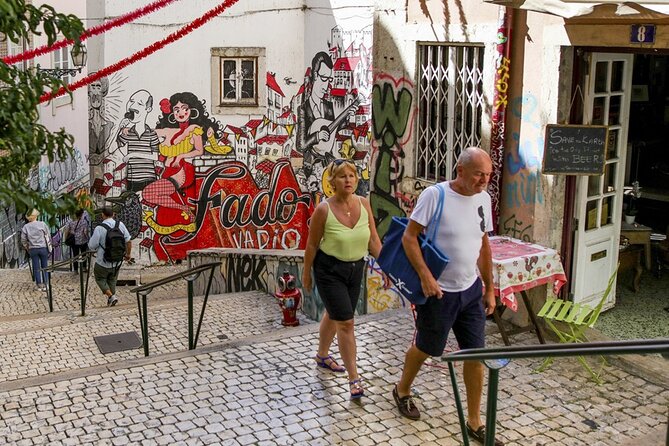
As participants move from the lush gardens, they’ll encounter the ornate facades of Lisbon’s historic churches, each bearing witness to the city’s multicultural heritage. The walking tour takes visitors inside some of these sacred spaces, allowing them to enjoy the Moorish and African influences that have shaped the architectural design and religious practices observed within. Inside, intricate tile work, ornate altars, and decorative columns reflect the confluence of European and African artistic traditions. A closer examination reveals how these influences have been woven into the fabric of Portugal’s religious institutions.
| Church | Architectural Feature | African Influence |
|---|---|---|
| Sé Cathedral | Moorish-influenced bell tower | Incorporation of Islamic geometric patterns |
| Igreja de São Roque | Azulejo tilework depicting biblical scenes | Vibrant colors and motifs from African art |
| Igreja de Santo Antão | Gilded baroque altarpiece | Ornate wood carvings reminiscent of West African design |
Cancellation Policy
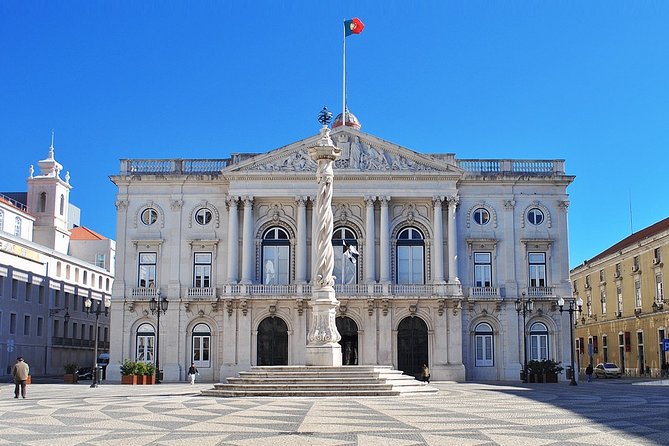
Travelers can receive a full refund if they cancel their booking at least 24 hours before the tour.
However, no refunds are provided for cancellations made less than 24 hours prior to the scheduled departure.
This cancellation policy is in place to ensure the tour operator can adequately prepare for the tour and cover any costs associated with the booking.
Guests are encouraged to review the cancellation terms carefully before making their reservation.
The tour provider understands that plans can change, but this policy helps maintain the integrity of the tour experience for all participants.
Travelers should factor in the cancellation policy when deciding to book the African Presence in Lisbon walking tour.
Frequently Asked Questions
Can I Take Photos During the Tour?
Yes, participants are generally allowed to take photos during the tour. However, visitors should be mindful not to disrupt the guide or other travelers. It’s best to check with the tour operator for any specific photography guidelines.
What Language Is the Tour Conducted In?
The tour is conducted in English. As a walking tour about African influence in Lisbon, the guide provides commentary and insights in English to accommodate international travelers on the excursion.
Are There Any Age Restrictions for the Tour?
There are no age restrictions for the tour. It’s open to travelers of all ages, though a moderate physical fitness level is recommended. Children are welcome to join, but the tour may not be suitable for those with back problems.
Can I Bring My Own Snacks and Drinks?
Participants are welcome to bring their own snacks and drinks on the tour. However, the tour includes a complimentary coffee, tea, or bottled water, so bringing additional refreshments may not be necessary.
Is There a Restroom Break During the Tour?
The walking tour does not explicitly mention a restroom break, but most tour providers allow for brief restroom stops during the 3-hour duration. Travelers should plan accordingly and notify the guide if they need to take a restroom break.
Recap
The half-day walking tour in Lisbon provides a captivating exploration of the city’s rich African heritage and influence.
Visitors will explore the Moorish past, the transatlantic slave trade, and the enduring impact of the African diaspora on Portuguese culture.
This intimate and informative experience offers a deeper understanding of Lisbon’s complex history, leaving participants with a renewed appreciation for the diverse tapestry that shapes the city.



